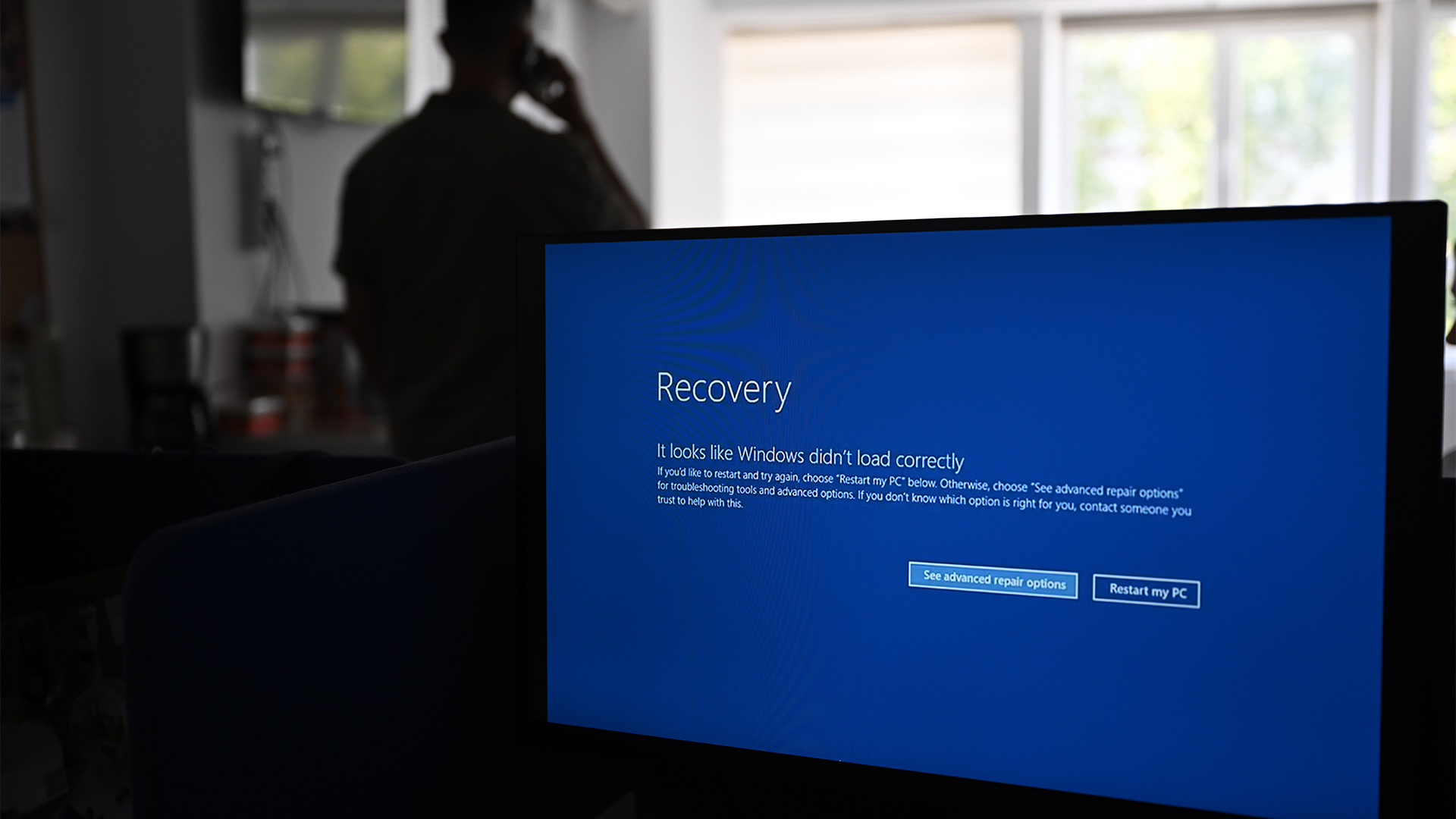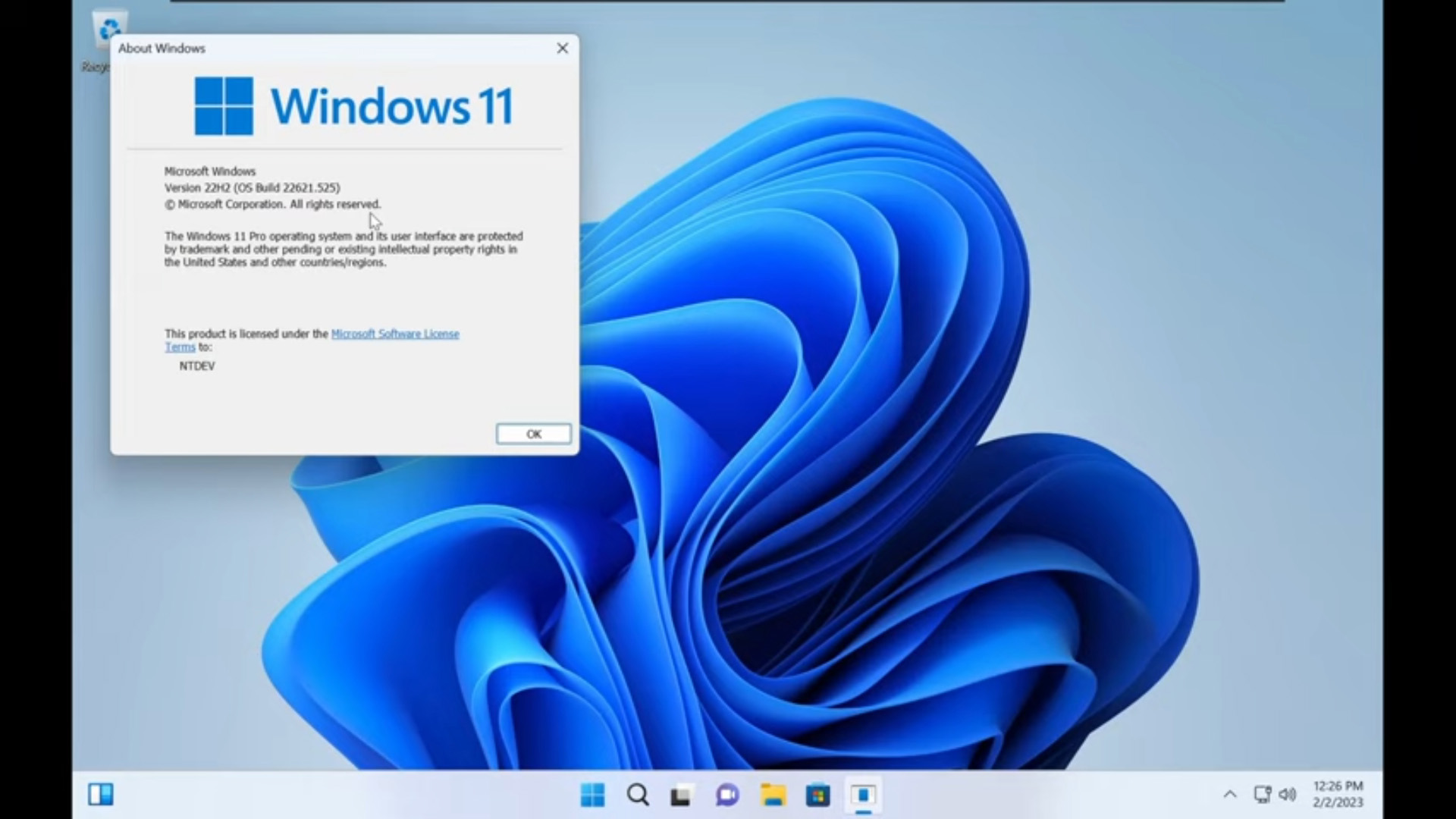Microsoft overhauls Windows 10 updates to avoid broken releases
Microsoft hopes a new mechanism, longer preview stage and machine learning tools will consign update catastrophes to the past


Microsft will overhaul the way it deploys its biannual Windows 10 upgrades in light of the high-profile April and October 2018 Update disasters.
Conventionally, Microsoft would initiate updates on Windows 10 machines automatically once its data indicated that users would enjoy a safe and frictionless experience. But starting with its next major flagship upgrade version 1903, which will be released on 10 May, users will instead be notified that the update is available to download and install.
Moreover, these big feature updates can now be initiated independently to essential security updates downloaded via the check for updates mechanism. Updates can also be deferred for up to 35 days.
This is in addition to several major changes around the processes Microsoft employes to ensure development and release goes smoothly. This includes an extended preview stage, and added machine learning capabilities to flag any potential issues.
A public Windows release health dashboard, meanwhile, will communicate key decisions clearly and frequently, according to Microsoft. This interface will resemble the Windows 10 Update History page, but features near real-time information on the rollout status and known issues across both major and minor updates.
"We believe the steps we've taken provide Windows customers more choice and control on updates while continuing to enhance our focus on quality," said Microsoft's corporate vice president Mike Fortin.
"With a more robust and longer Release Preview and further investments in machine learning for both high-severity issue detection and our next generation of intelligent rollout, our goal is to provide the best, transparent Windows update experience."
Get the ITPro daily newsletter
Sign up today and you will receive a free copy of our Future Focus 2025 report - the leading guidance on AI, cybersecurity and other IT challenges as per 700+ senior executives
Microsoft hopes the May 2019 Update will mark a step-change from the notoriety gained following the April and October 2018 releases, which were collectively riddled with several catastrophic bugs and deployment troubles.
Last spring's release, version 1803, caused a handful of machines to experience the infamous 'blue screen of death', or sparked reboot problems, within 24 hours of installation.
This pales against a litany of issues users encountered with October's version 1809, the most significant being a critical file-deletion bug. These errors led Microsoft to suspend its initial deployment, then later re-releasing the update, suspending it a second time, releasing it for Windows Insiders, then making it publicly available a third time in mid-November.
But this third release was only available for users to manually download themselves by checking for updates, with Microsoft not deeming the upgrade safe enough to deploy automatically until just last week.
The May 2019 Update will become available in its release preview stage from next week, with Windows Insiders gaining access to the new features over the next month. This will then become generally available to Windows 10 users via the new 'download and install now' mechanism from late May.
Microsoft has recommended that IT administrators begin validating the apps, devices and infrastructure used by their organisations to ensure they work well with the release before deploying version 1903 broadly.

Keumars Afifi-Sabet is a writer and editor that specialises in public sector, cyber security, and cloud computing. He first joined ITPro as a staff writer in April 2018 and eventually became its Features Editor. Although a regular contributor to other tech sites in the past, these days you will find Keumars on LiveScience, where he runs its Technology section.
-
 Bigger salaries, more burnout: Is the CISO role in crisis?
Bigger salaries, more burnout: Is the CISO role in crisis?In-depth CISOs are more stressed than ever before – but why is this and what can be done?
By Kate O'Flaherty Published
-
 Cheap cyber crime kits can be bought on the dark web for less than $25
Cheap cyber crime kits can be bought on the dark web for less than $25News Research from NordVPN shows phishing kits are now widely available on the dark web and via messaging apps like Telegram, and are often selling for less than $25.
By Emma Woollacott Published
-
 Red teaming comes to the fore as devs tackle AI application flaws
Red teaming comes to the fore as devs tackle AI application flawsNews Only a third of organizations employ adequate testing practices in AI application development, according to new research, prompting calls for increased red teaming to reduce risks.
By Ross Kelly Published
-
 ‘Frontier models are still unable to solve the majority of tasks’: AI might not replace software engineers just yet – OpenAI researchers found leading models and coding tools still lag behind humans on basic tasks
‘Frontier models are still unable to solve the majority of tasks’: AI might not replace software engineers just yet – OpenAI researchers found leading models and coding tools still lag behind humans on basic tasksNews AI might not replace software engineers just yet as new research from OpenAI reveals ongoing weaknesses in the technology.
By George Fitzmaurice Published
-
 Java developers are facing serious productivity issues: Staff turnover, lengthy redeploy times, and a lack of resources are hampering efficiency – but firms are banking on AI tools to plug the gaps
Java developers are facing serious productivity issues: Staff turnover, lengthy redeploy times, and a lack of resources are hampering efficiency – but firms are banking on AI tools to plug the gapsNews Java developers are encountering significant productivity barriers, according to new research, prompting businesses to take drastic measures to boost efficiency.
By Solomon Klappholz Published
-
 Software security debt is spiraling out of control – remediation times have surged 47% in the last five years, and it’s pushing teams to breaking point
Software security debt is spiraling out of control – remediation times have surged 47% in the last five years, and it’s pushing teams to breaking pointNews Software security flaws are taking longer to fix than ever, with remediation times having grown by 47% in the last five years.
By Nicole Kobie Published
-
 Why the CrowdStrike outage was a wakeup call for developer teams
Why the CrowdStrike outage was a wakeup call for developer teamsNews The CrowdStrike outage in 2024 has prompted wholesale changes to software testing and development lifecycle practices, according to new research.
By Solomon Klappholz Published
-
 Tiny11 review: Windows 11 with only 2GB of RAM
Tiny11 review: Windows 11 with only 2GB of RAMReview A version of Windows 11 for older machines that don't meet the full requirements
By Nik Rawlinson Published
-
 Red Hat Enterprise Linux becomes foundational operating system for Cohesity Data Cloud
Red Hat Enterprise Linux becomes foundational operating system for Cohesity Data CloudNews New strategic partnership between Red Hat and Cohesity aims to drive innovation in the data security and management space
By Daniel Todd Published
-
 Ubuntu shifts to four-week update cycle
Ubuntu shifts to four-week update cycleNews Critical fixes will also come every two weeks, mitigating the issues involved with releasing prompt patches on the old three-week cadence
By Richard Speed Published